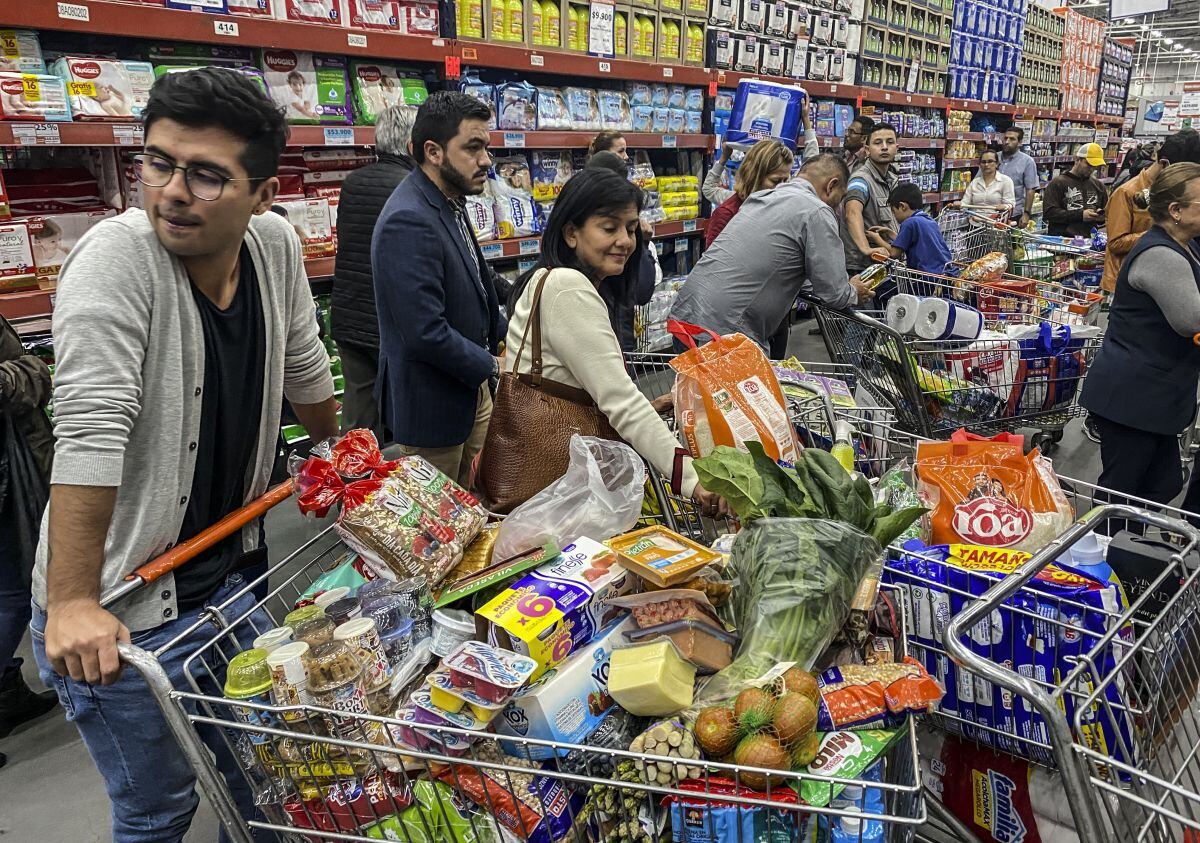
Latin America and the Caribbean They make up the area of the world where it costs more to buy healthy food, according to a report published this Wednesday by the Food and Agriculture Organization of the United Nations (FAO).
According to the study, following a healthy diet carries a daily cost of $3.89 per person in Latin America and the Caribbean, higher than that in Asia ($3.72), Africa ($3.46), North America and Europe (3 .19 dollars) and Oceania (3.07 dollars).
“Analyzing the cost and access of a healthy diet is a change to recognize the need to nurture and not just feed the world”, FAO Director of Food and Nutrition, Lynnette Neufeld, said in a statement.
Among Latin American countries there are also great disparities when it comes to purchasing healthy food. In Colombia it costs a little more than 3 dollars a day per person, while in Panama it costs 4.5 euros and in Jamaica you have to spend more than 6 dollars a day.
According to FAO data, 3,000 million people cannot afford a healthy diet, a number that increased by more than 112 million in 2020, when the coronavirus pandemic weighed down the economy and the capacity to distribute food in multitudes. of countries.
Asia was the continent most affected by the consequences of the health crisis, where the cost of a healthy diet rose 4%, followed by the neighboring regions of Oceania (3.6%) and Latin America and the Caribbean (3.4%). .
For their part, in twelve countries, all of them in Africa, more than 90% of their inhabitants cannot access healthy food on a regular basis.
The FAO, which has committed to updating the data in this new report, defines as “healthy diet” the one that “It not only provides the right calories, but also the right kinds of nutrient-dense foods from various food groups.”
“For international comparisons, prices are converted to international dollars using purchasing parity (PPP) exchange rates and national income distributions,” explained about his methodology.
Source: EFE
Source: Gestion
Ricardo is a renowned author and journalist, known for his exceptional writing on top-news stories. He currently works as a writer at the 247 News Agency, where he is known for his ability to deliver breaking news and insightful analysis on the most pressing issues of the day.












